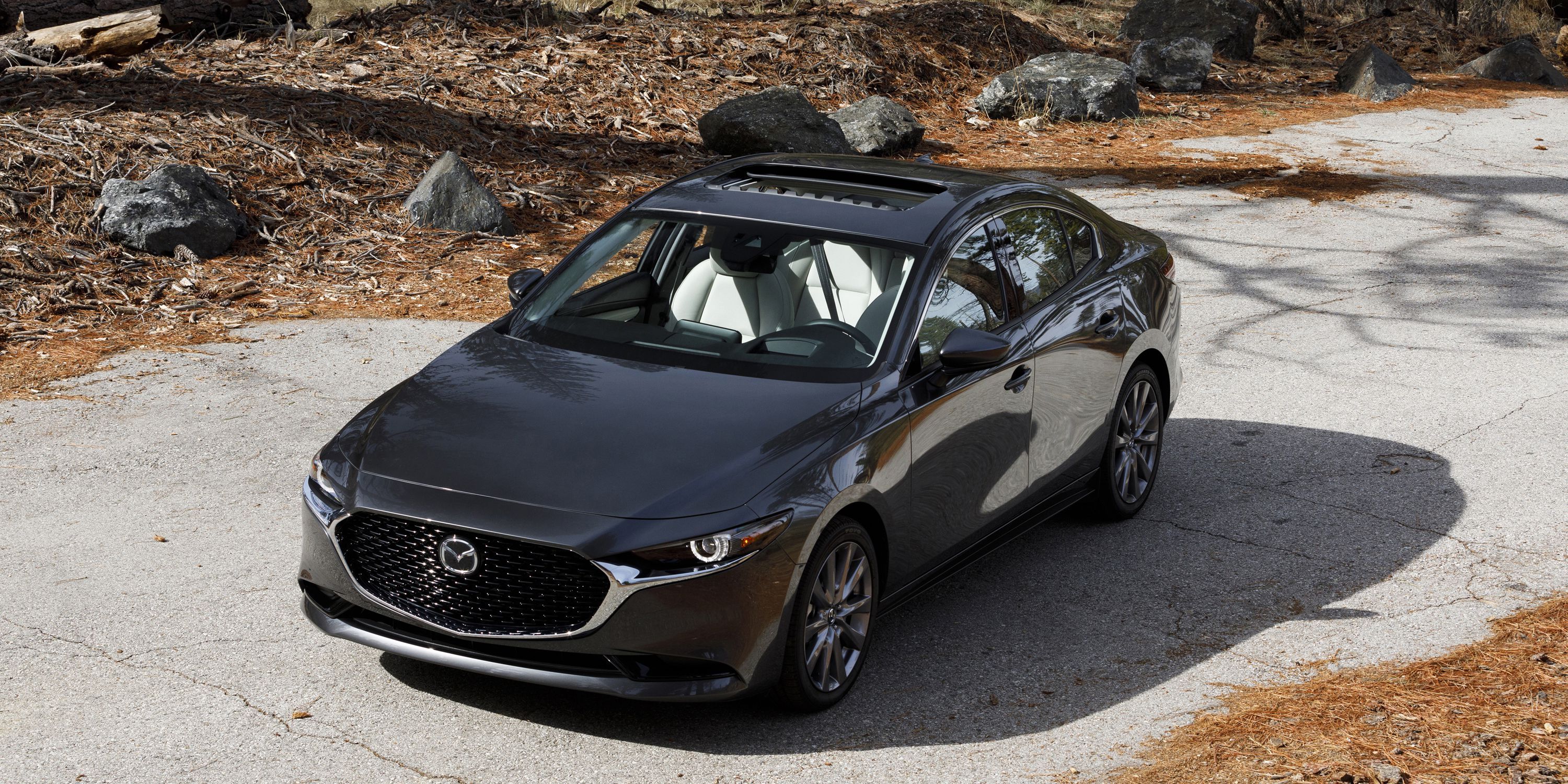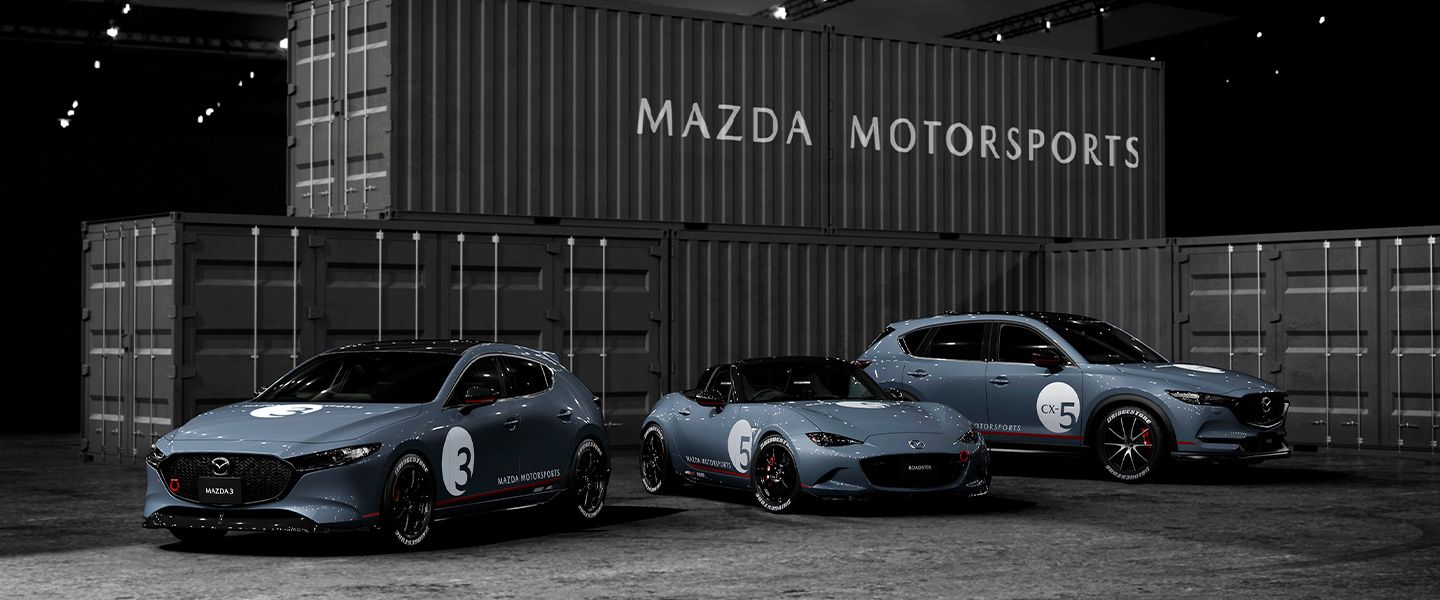Mazda’s Skyactiv-X engine is one of the most interesting pieces of powertrain tech we’ve seen recently. It hit dealerships in Europe and Japan last year, and we’ve been waiting patiently for its arrival in the U.S. It turns out we might have to wait a bit longer.
Automotive News spoke with Eiji Nakai, Mazda’s executive officer for powertrain development, who said the engine might not be suitable for U.S. buyers. Instead, the company plans on introducing Skyactiv-X tech to bigger-displacement engines.
“We think this Skyactiv-X can be used for larger engine displacement in the future, in line with our product planning,” the executive said, according to Automotive News. “This technology is applicable to other engine displacements.”
Automotive News also spoke with engineer Yoshiaki Yamane, who pointed out efficiency comes secondary to outright power in the U.S. “Maybe U.S. customers require more power, because fuel economy is not the top requirement,” Yamane said.
This isn’t the first time we’ve heard of a bigger Skyactiv-X engine in the works. In May 2019, Mazda published a financial report presentation that outlined plans for a Skyactiv-X straight-six engine, to be used in a longitudinal layout. Automotive News expects this powertrain to make its debut in 2022 or 2023.
Mazda’s Skyactiv-X engine works much like a diesel motor. Using what the company calls Spark Controlled Compression Ignition (SPCCI), it allows the engine to run on compression-based ignition, while using regular gasoline. It also uses a supercharger to create a leaner air-fuel mixture, promoting even more efficiency. If you’d like a more in-depth explanation on how the engine works, head on over here.
A Mazda representative told us the company doesn’t yet have a timeline for introducing Skyactiv-X engines into its U.S. lineup. They also told us that 60 percent of Mazda 3 sales in Europe were cars equipped with the Skyactiv-X engine, so that should give you an idea of its popularity abroad. We’re curious to see how the tech will be applied Stateside.
This article has been updated with a statement from Mazda.
Source: Read Full Article



